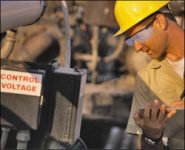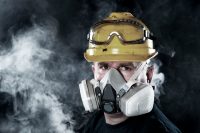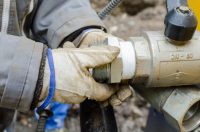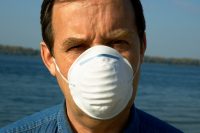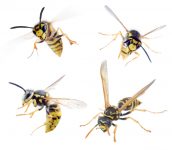New NIOSH Resources Focus on Hispanic Workers
In honor of Hispanic Heritage Month, the National Institute for Occupational Safety and Health (NIOSH) recently released a series of illustrated communication products targeted to Spanish-speaking immigrant workers to help them understand their rights to a safe workplace. The materials, titled Protéjase en el trabajo (Protect yourself at work), include four brochures, five short videos, […]

